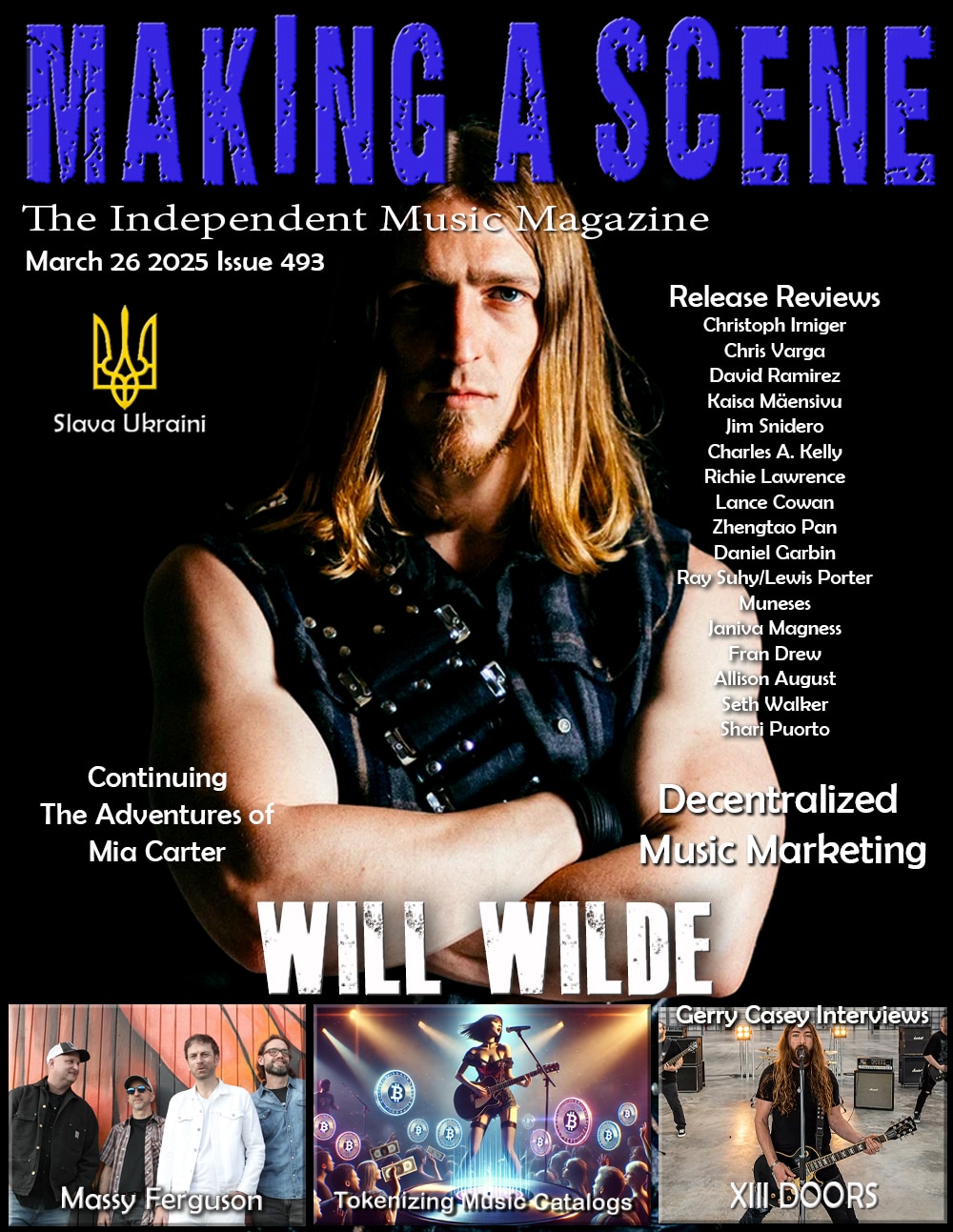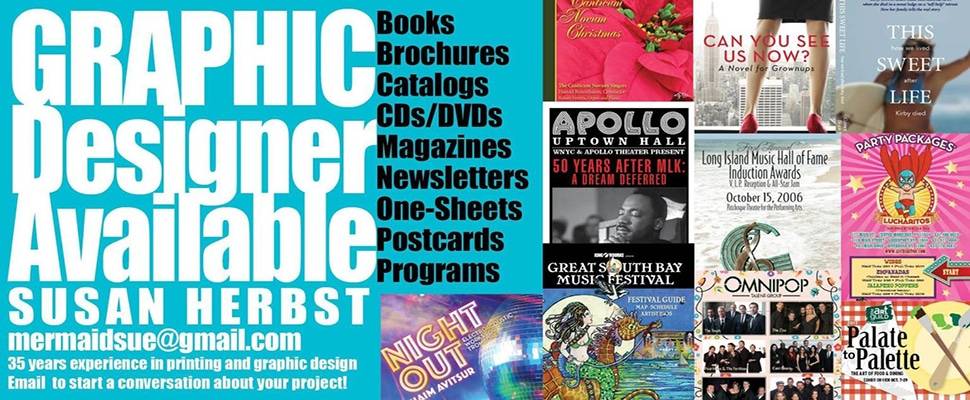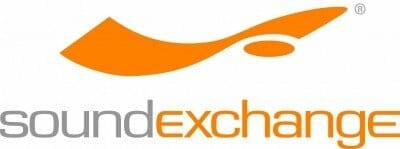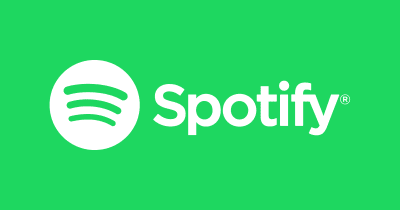The State of Internet Radio and Why is it Important to the Independent Artist
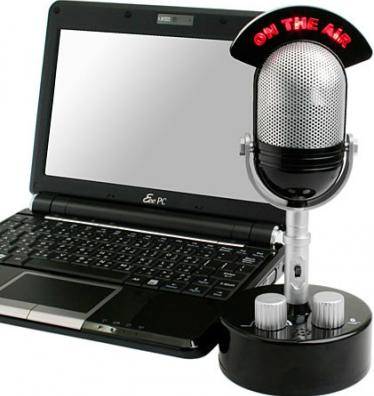
There has been alot of conversation out there between independent webcasters and independent artists about the new royalty schedule from the Copyright Royalty Board. Some webcasters have cut their loses and ran, some have geo fenced off the whole US market. If none of this makes sense to you, well you are not alone. I am going to try and explain this situation to you, and hopefully give you enough information that you can make informed decisions to what you can do or should do.
The first thing we need to do is understand who the players are in this situation.
The Copyright Royalty Board was created by the Copyright Office of the Library of Congress under the Copyright Royalty Distribution and Reform Act 2004 and became effective on May 31, 2005. The board consists of 3 permanent “Royalty Judges” who are appointed by the Library of Congress. The Judges serve six-year terms, which are staggered. Each may be reappointed to subsequent six-year terms. They are tasked with determining the rates and terms of royalties for “Sound Recordings”.
SoundExchange – was initially created in 2000 as a division of the RIAA. In September 2003, SoundExchange became an independent non-profit organization to represent the interests of both recording artists and record labels. SoundExchange is controlled by a Board of Directors comprising equal numbers of representatives of recording artists and sound recording copyright owners. This Board oversees all operations of SoundExchange, and approves such things as the distribution methodology and administrative expenses and is composed of 18 members. SoundExchange was designated by the Librarian of Congress as the sole organization authorized to collect royalties paid by services making digital audio transmissions of sound recordings. As of January 1, 2003, SoundExchange was designated by the United States Copyright Office to also distribute the collected royalties to copyright owners and performers entitled to the royalties collected.
It’s About the Recording Not the Song
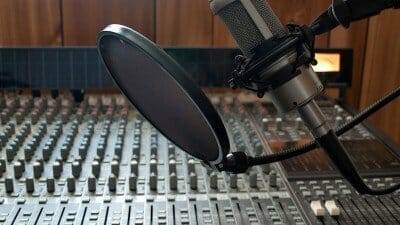
Now remember we are ONLY talking about “Sound Recording Royalties” here. There are two royalty streams for every song, the publishing royalty and the recording royalty. When it comes to the actual songs, or publishing royalty (writers and publishers), those royalties are collected by the performing rights organizations (ASCAP, BMI, SESAC). These royalty collections, even though they are collected from webcasters, they have nothing to do with the current issue of internet radio. This issue is strictly revolving around royalties for “Sound Recordings” (see below to for a royalty distribution chart). The song’s publishing royalties are paid by venues, broadcasters, record companies, etc to the performing rights organizations (ASCAP, BMI, SESAC) and are distributed to the publisher of the song(50%) and the writers of the song(50%). The royalties for the “Sound Recordings” are collected by SoundExchange from web broadcasters, satellite, cable TV, etc and distributed as 50% to “copyright owners of the masters”, usually the Label that put out the recording, 45% to the “Featured Artist” who performed on the recording and 5% going to a fund for session musicians and background Singers.
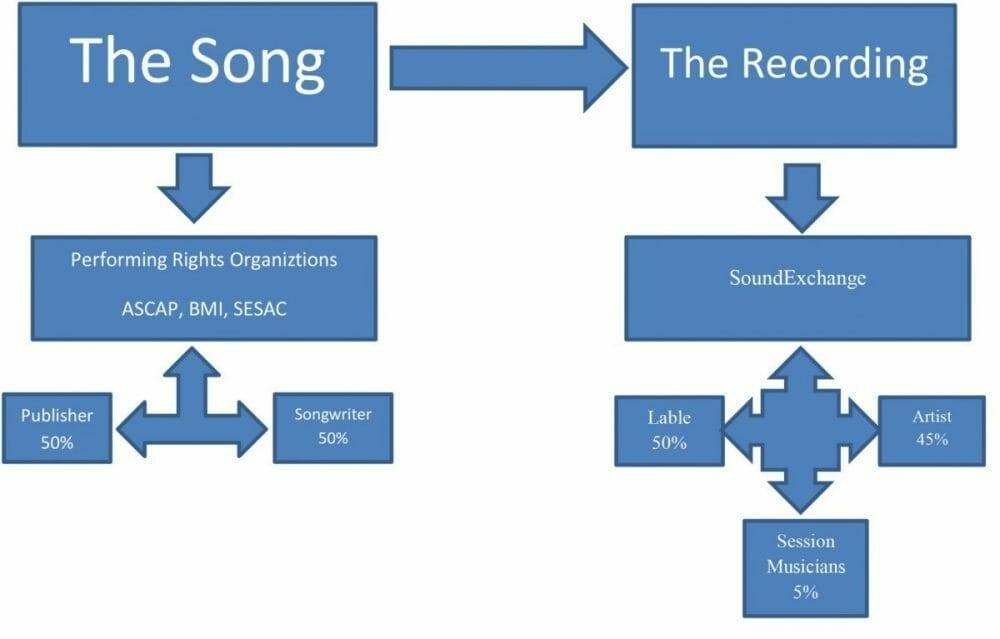
Definitions you need to know
Non-interactive Streaming – Listeners play music, without the ability to choose the songs that play next.
Interactive Streaming – Interactive streaming services allow listeners to CHOOSE the songs that are played.
Subscription Service – Listeners pay a monthly premium to listen to commercial free music
Non Subscription Service – Listeners listen with no cost to them
Aggregate Tuning Hours (ATH) – 1 hour of programming, streamed to one online listener, on one channel = 1 ATH, 1 Hour of Programming, Streamed to 10 listeners, on one channel = 10 ATH, etc. Here is an ATH Calculator
Performance – 1 Listener online for 1 song=1 performance, 10 listeners online for 1 song= 10 performances
Who is not involved
The Copyright Royalty Board rulings do not affect “Interactive Streaming” services like Youtube, Spotify, AppleMusic, etc. These services enter into direct agreements with the copyright holders for collected royalties. In other words when you agreed to the terms with Spotify or AppleMusic, You agreed to accept their royalty rate. This is usually done through your agitator, such as Tunecore or CD Baby. This is why some current popular artist like Taylor Swift are not on Spotify. They felt the royalty paid by these services were not enough for them to have their music available. But, this is a different situation with the independent artist, it is more about the discovery aspect of these services, then the few dollars you would receive from your plays. Remember there is a big difference between the royalty on a couple of million plays for a major popular artist, and a couple of hundred or even thousand for an independent artist. These interactive services are more a promotional tool for the indie artist then an income stream. As an independent artist you would be foolish to not have your music available on these outlets. I know I often search for artist for my show on Spotify and have discovered some great bands by doing just that. On the other hand if you would to have your music played in rotation on Sirrus XM, Cable music channels or any of the other major commercial non-interactive streaming services, you would see a hefty check at the end of the month from SoundExchange.
So what is going on
Ok, now that we have an understanding as to who’s and the whats, lets take a look at what has happen and what has changed in regard to internet radio streaming.
The first and most important aspect you have to understand about the new Copyright Royalty Board Ruling is the removal of several tiers of “Non-Interactive Streaming” services. In the past rulings the streaming royalties were broken into tiers: commercial webcasters, non commercial webcasters, Microcasters, Small webcasters, “pureplay” services, broadcasters simulcasting their FM streams, etc. (For a complete list of those categories and their definitions click here). Each of those paying a different royalty schedule from a flat fee of $500, a percentage of income to the full per song/per Listener royalty. Those categories have now been replaced by only two, Commercial Webcasters and Non Commercial webcasters.
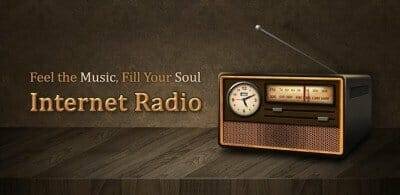
The problem that this presents to many of the small and microcasters, who in the past only paid a percentage of their income instead the per song/per listener royalty rate, are they are now under the same royalty structure as a full Commercial Webcaster. This is where the problem really lies. If a station has a large listener base and a small income or even no income, they are basically priced out of the market. And if enough of these small and microcasters are forced out of this market, you then lose a large amount of broadcasters that showcase the diversity of the independent music market. Much like the interactive services we mentioned above, these small and microwebcasters are a large influence in promoting music that would not otherwise have an outlet to be heard.
As for the full ruling by the Copyright Royalty Board, which was officially released to the public today (2/12/2016), you can read the whole ruling HERE. Below is the excerpts pertaining to the royalty amounts to be paid:
The Copyright Royalty Judges (Judges) hereby issue their written determination of royalty rates and terms to apply from January 1, 2016, through December 31, 2020, to digital performance of sound recordings over the Internet by nonexempt, non interactive transmission services and to the making of ephemeral recordings to facilitate those performances. The rate for commercial subscription services in 2016 is $0.0022 per performance. The rate for commercial non subscription services in 2016 is $0.0017 per performance. The rates for the period 2017 through 2020 for both subscription and non subscription services shall be adjusted to reflect the increases or decreases, if any, in the general price level, as measured by the Consumer Price Index applicable to that rate year, as set forth in the regulations adopted by this determination. The rates for noncommercial webcasters are: $500 annually for each station or channel for all webcast transmissions totaling not more than 159,140 Aggregate Tuning Hours (ATH) in a month, for each year in the rate term. In addition, if, in any month, a noncommercial webcaster makes total transmissions in excess of 159,140 ATH on any individual channel or station, the noncommercial webcaster shall pay per-performance royalty fees for the transmissions it makes on that channel or station in excess of 159,140 ATH at the rate of $0.0017 per performance. The rates for transmissions over 159,140 ATH per month for the period 2017 through 2020 shall be adjusted to reflect the increases or decreases, if any, in the general price level, as measured by the Consumer Price Index applicable to that rate year, as set forth in the regulations adopted by this determination.
The Small Webcaster Agreement
The Small webcaster agreement which was initially established in 2002 and renewed in 2009 because Congress recognized that for Small Noncommercial and Small Commercial Webcasters, the Copyright Office’s statutory license fees may be overly burdensome, and would inevitably force most of them to cease their operations. It was this agreement that allowed for the designation of Small Webcaster and Microcaster tiers in the previous Copyright Royalty Board Decisions. The Copyright Royalty Board allowed this agreement to expire and without any notice to Small webcasters and without any representation by them in the negotiations with companies like Pandora, they removed the designation of Small webcaster and Microcaster from the current ruling.
Without a concentrated effort of Small webcasters to organize and collectively address this issue with Soundexchange, there is little chance that this will be overturned.
And then there are the rumors
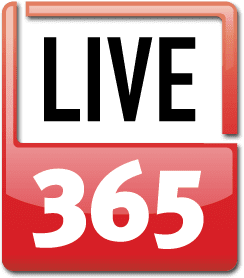
Despite what you may have heard, the closing of LIVE365 was not a direct result of the CRB ruling. It was more of a business decision between LIVE365 and their investors. I know alot of people would like to use this as an alarmist example of the end of Internet Radio. It simply is not, there are more real examples we can look to.
All is not lost…
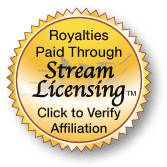
Streamlicensing.com – they are a major sound licensing service for the “Microcaster”. They have established a fee of $59.50 a month that, according to their spokesmen, they feel will be adequate to cover most all microcasters for their royalty requirements (Soundexchange, ASCAP, BMI and SESAC), based on 4,000 ATH a month. Even though this is a significant increase from the previous rates it is still within reach of most microcasting stations. They also take care of all the paperwork required by the respective royalty collection organizations. Which is a big relief to that microcasting station that is working with a staff of usually 1 or 2 people.
Who is doing Something
The Future of Music Coalition – is an artist advocacy group in Washington DC. They are collecting supporters and small webcasters through the “Action Network” that can be mobilized when needed to help bring about a fair resolution to this issue. They are in my estimate, the most credible organization so far as they are keeping a finger on the pulse of what is happening in Washington. I had the opportunity to talk to the people at this group and I can feel confident that I can recommend them. You can sign up for their “mobilization” campaign by CLICKING HERE
Future of Music Coalition CEO Casey Rae made the following statement:
These rates aren’t exactly a lump of coal. Over the past decade, we’ve seen billions of dollars in revenue generated by the explosive growth in webcasting. The new rates will allow artists and independent labels to participate in this success at a higher level. The fundamental value of popular Internet radio services comes from music creators, and we are glad this has been recognized in a healthy rate increase for non-subscription Internet radio services. Creators can feel good about how payout is structured under the statutory license, where revenue splits between artists and labels are fair and transparent, and payment to artists comes direct from SoundExchange.
We are concerned, however, that there does not appear to be a distinction in rates for small commercial webcasters. Digital music benefits from diversity, and services with more modest operations often help developing talent and niche genres find audiences while contributing to the overall revenue pool. If there isn’t an option for new entrants to perform music from a broad range of artists, we may end up with a less diverse digital landscape.
It also appears that by combining pureplay and commercial rates, incumbent broadcasters will receive a sizable reduction in royalty obligations for their digital transmissions. Commercial terrestrial radio already gets a free ride due to the fact that they are not required to pay performers a dime for over-the-air broadcasts. This is in stark contrast to the rest of the developed world. Congress should take swift action to close this loophole to support a positive global balance of trade and the equitable treatment of American creators. And artists and their allies should push back on consolidated corporate FM getting yet another unfair advantage.
Petitions Petitions and More Petitions
Conclusion
OK, there is a lot of information here. I don’t have any answers on how to fix it, nor am I going to pretend that I do, The scope of this article is to give you a better understanding of what is happening so you can make informed decisions about what you could do. Hopefully you now have a good base of knowledge, to hunt down and read some of the articles and information that is out there on the web and truly understand what they are talking about. You can now, armed with good information make some informed decisions on what can be done and what could be an effective course of action.
The World of Internet Radio is maturing and evolving, and for the independent artist, it may be the one place where they can still get exposure in an every shrinking world of corporate controlled media. As Large Labels, artists, radio stations and multi-million dollar internet music corporations try to shape the new music industry, we need to insure that there is a place and a voice for the independent artist and those who support them!
Discover more from Making A Scene!
Subscribe to get the latest posts sent to your email.





































